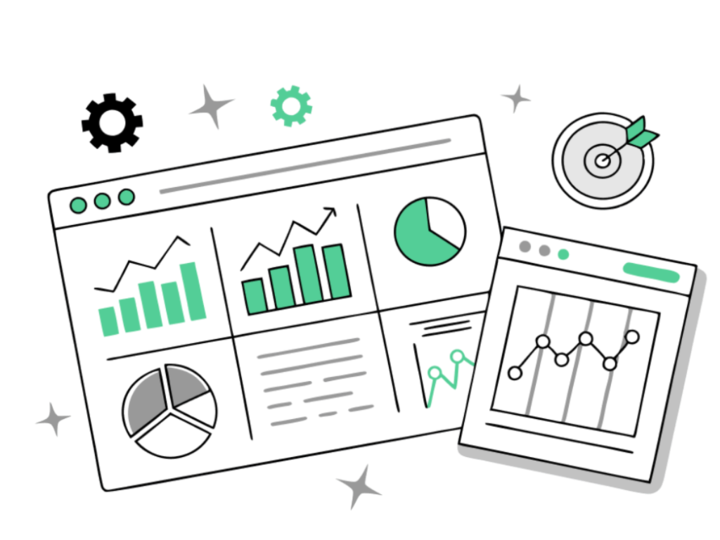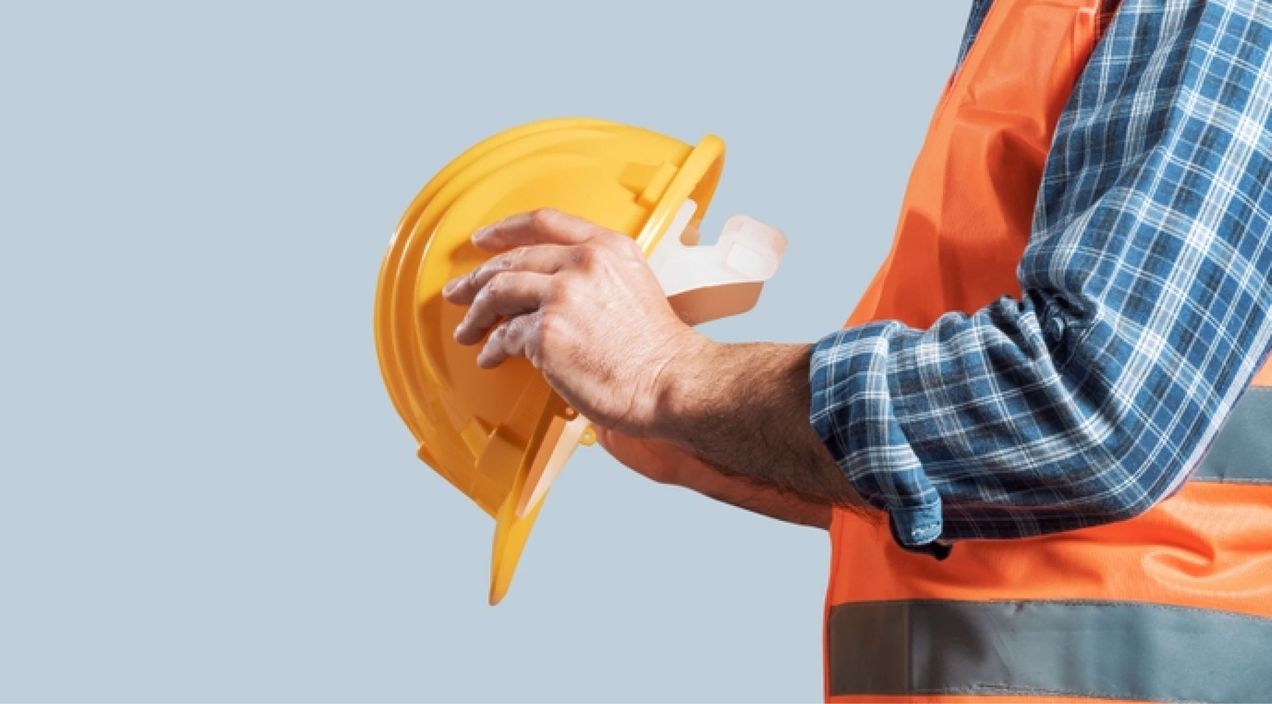40+ Team collaboration exercises your employees will actually enjoy
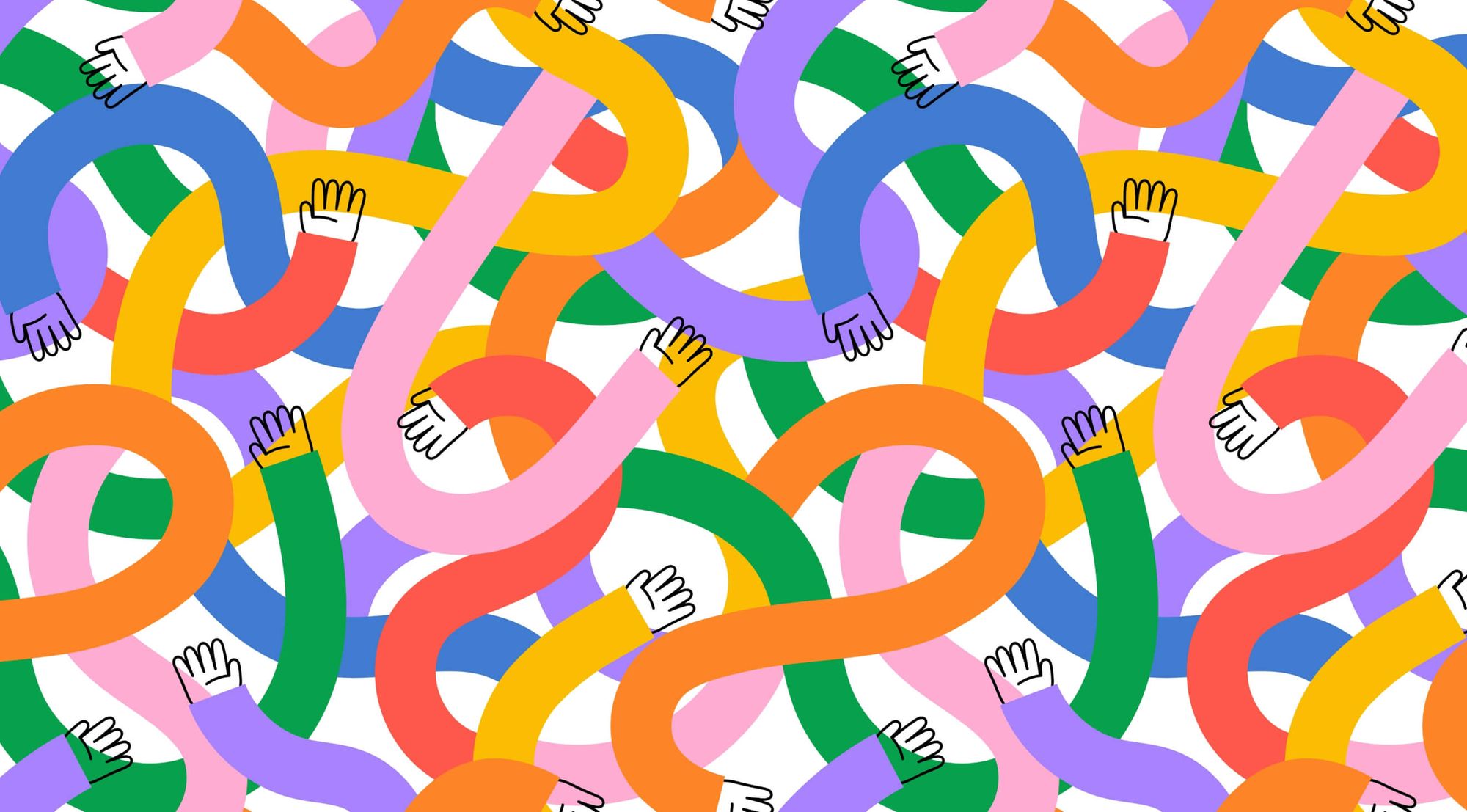
Think of a potluck dinner. Everyone brings a dish; some share family recipes, others try something new. Alone, each dish tells its own story. But together, it’s a feast where flavors balance, textures complement, and conversations flow. That’s what great collaboration feels like at work.
Each team member brings their own dish, their skills, quirks, and perspectives. When they mix well, magic happens. Team collaboration exercises work the same way. They aren’t about forced fun or competition but about discovering how everyone’s unique contribution can make the collective stronger and tastier.
The right activities don’t just bond teams; they create chemistry that lasts long after the potluck ends.
- Team collaboration exercises strengthen communication, trust, and creativity by helping employees connect beyond daily tasks.
- These activities improve engagement, morale, and cross-department collaboration, reducing silos and boosting productivity.
- Well-designed collaboration games blend fun with purpose, building problem-solving, alignment, and teamwork skills.
- Measuring impact through structured feedback ensures each exercise drives real improvement in relationships and performance.
- With CultureMonkey, organizations can continuously track collaboration progress and turn feedback into lasting team success.
What are team collaboration exercises?

From icebreakers to innovation games, these 40+ team collaboration exercises help employees connect, think creatively, and communicate better.
These collaboration activities cater to every workplace style — from quick energizers and trust-building moments to deep problem-solving sessions.
Team collaboration exercises are structured activities designed to help employees communicate, brainstorm, and solve problems together. They go beyond basic team-building activities by focusing on how people interact, share ideas, and work toward a common goal. These exercises encourage employees to step out of their daily routines, understand each other’s strengths, and build trust through shared experiences. By participating in these exercises, teams can identify and align around common goals, ensuring everyone is working toward shared objectives.
They can take many forms — from quick icebreakers that warm up a meeting to in-depth problem-solving challenges that require critical thinking. The goal is always the same: to help people listen better, communicate clearly, and build stronger relationships through collaboration, ultimately contributing to a cohesive team.
Whether done in person or remotely, these team collaboration activities remind everyone that teamwork isn’t just about dividing tasks; it’s about aligning minds. When employees connect through fun, purposeful activities, they develop the collaboration skills that drive creativity, innovation, and better performance across every level of work.
Now that we know what they are, let’s talk about why they matter.
Why are team collaboration exercises important?
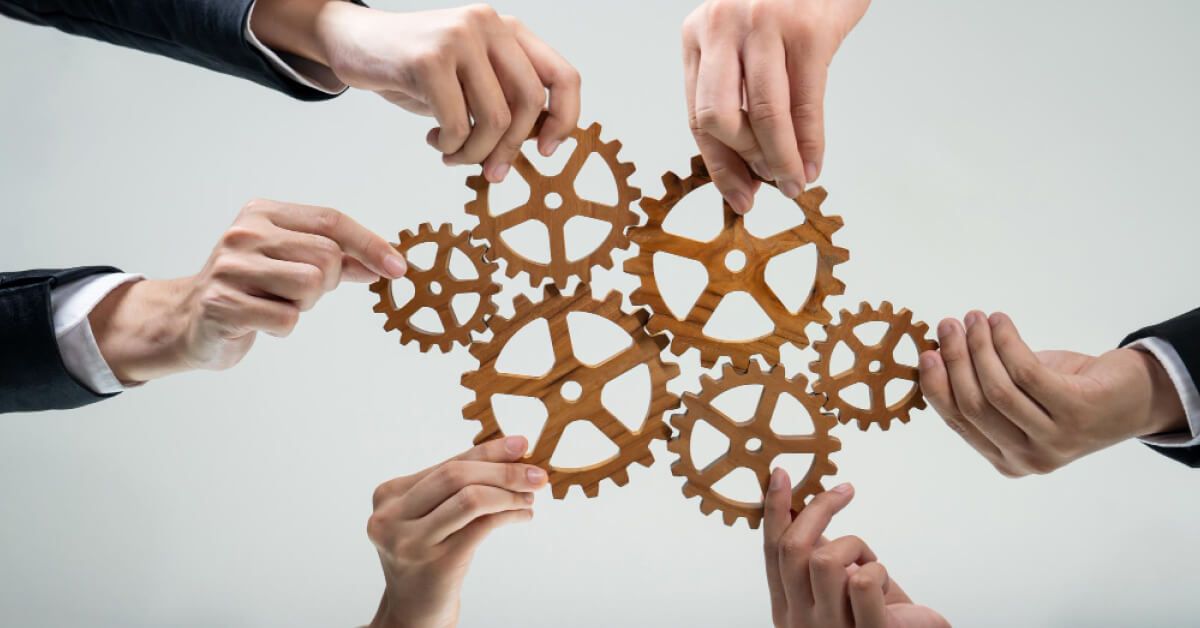
When employees truly collaborate, great ideas flow naturally, and challenges get solved faster. But that kind of teamwork doesn’t just happen — it’s built intentionally through team collaboration exercises that foster teamwork and encourage employees to work together toward shared goals.
Here’s why they’re such a game-changer for modern workplaces:
- Strengthen communication and trust: Team collaboration exercises give employees the space to talk, listen, and truly connect beyond their usual tasks. When individuals share insights or rely on each other in an activity, it naturally builds trust. These activities are also essential for encouraging collaboration, which leads to honest communication, fewer misunderstandings, and a healthier, more open work culture.
- Encourage creative problem-solving: These exercises push teams to think differently. Whether it’s building something together or brainstorming unconventional solutions, collaboration games spark creativity by removing formal barriers. Employees learn to value diverse ideas and approach complex problems with fresh energy and curiosity.
- Improve collaboration across departments: In large companies, teams often work in silos without realizing how interconnected their goals are. Collaboration exercises mix people from different departments, helping them understand each other’s roles, challenges, and perspectives. This cross-functional learning builds mutual respect and smoother coordination in real projects.
- Boost engagement and morale: When employees enjoy working together, motivation naturally rises. Fun, interactive exercises remind people that collaboration can be enjoyable — not just another meeting or task. Shared laughter, friendly competition, and team wins strengthen morale and foster a sense of belonging that keeps employees engaged.
- Reinforce company culture: Collaboration exercises support and reinforce a positive company culture by fostering trust, group cohesion, and shared values. Activities like office trivia and scavenger hunts are designed to strengthen the organizational culture and encourage employees to work together in meaningful ways.
- Enhance productivity and performance: Stronger collaboration directly improves efficiency. Teams that communicate clearly and trust each other make quicker decisions, adapt better to challenges, and achieve more in less time. These exercises aren’t just about fun — they’re a smart investment in building high-performing, effective teams that get results.
Insight is useful but what happens when we turn it into practice?
40+ Team collaboration exercises to try at work

Bringing people together through engaging collaboration activities can transform how teams communicate, problem-solve, and bond. These activities are fun, purposeful, and easy to adapt for any workplace — whether you’re in-office, hybrid, or fully remote. Let’s dive into ideas your employees will genuinely enjoy trying out.
Icebreakers & Quick Starters
These are icebreaker activities designed to get group members comfortable and engaged from the start.
- Two truths and a lie: Each team member shares two facts and one lie about themselves, focusing on personal facts. Others guess which one’s false — a great way to spark laughter and quick connection.
- Human bingo: Everyone gets a bingo card with fun traits (“has traveled abroad,” “owns a pet”). Teammates mingle to find matches by asking lighthearted questions — perfect for team-building activities for small groups.
- Show and tell: Employees bring an item that means something to them. It’s a simple exercise and a powerful conversation starter that deepens personal connections.
- Desert island challenge: Ask, “If you were stranded, what three things would you bring?” This imaginative question encourages storytelling and lighthearted debate.
- Common ground game: Teams list things they all share in common beyond work. It’s a fast way for group members to highlight unity and shared experiences.
- Speed networking rounds: Pair employees for two-minute chats, then rotate. Each round only takes a few minutes. It mimics professional networking but keeps the mood relaxed and fun.
- Who am I? (post-it on forehead): Stick a famous name on someone’s forehead, and they must guess who they are using yes/no questions. A hilarious icebreaker that energizes any group.
(Source: Gallup)
Problem-Solving & Critical Thinking
This section features problem-solving exercises and activities that encourage creative thinking and teamwork.
- Escape room challenge: Solve themed puzzles under time pressure. These collaboration exercises for teams boost critical thinking and teamwork. Setting a clear time limit is essential to keep participants engaged and focused.
- Marshmallow and spaghetti tower: Build the tallest freestanding structure using spaghetti, one yard of tape or string, and one marshmallow. Each team must use only one marshmallow at the top, and the structure should be able to support one team member’s involvement in the building process. This fun team collaboration exercise blends creativity and logic.
- Paper plane contest: Compete to design and throw the best plane. This quick challenge inspires experimentation and collaboration activities at work. Be sure to set a time limit for each round to maintain energy and excitement.
- Bridge-building activity: Create a bridge using limited materials. This activity can be done with two teams competing to build the strongest or longest bridge. Teams learn to plan, test, and adapt — mirroring real workplace collaboration.
- Puzzle-solving relay: Divide a big puzzle into smaller parts for sub-teams to solve, then combine them. Participants work together in small teams, demonstrating teamwork in action.
- Egg drop challenge: Protect an egg from a high fall using only office supplies, such as paper, tape, and even water bottles. A messy but hilarious test of teamwork and problem-solving.
- Lost at sea survival scenario: Teams rank items they’d need to survive a shipwreck. Encourages negotiation, reasoning, and group decision-making. Setting a time limit for discussion helps keep the activity focused.
- Business simulation games: Teams manage a virtual business scenario. These team-building activities for adults can include board games as a format to improve strategic thinking and collaboration.
Communication & Alignment
These activities help develop communication skills and foster alignment within teams.
- Back-to-back drawing game: One person describes an image; the other draws it without seeing. A fun way to highlight clarity, listening skills, and getting everyone on the same page.
- Telephone game remix: Whisper a message through the team and compare the result at the end — expect laughter and lessons on clear communication.
- Blindfold navigation challenge: Guide a blindfolded teammate through an obstacle course using only verbal cues. Builds trust and concise communication.
- Story building circle: Each person adds one line to a developing story. It’s a creative way to practice active listening and flow.
- Active listening exercise: Partners share short stories, then repeat back key points. It’s great for strengthening empathy and focus, as team members learn about each other's perspectives.
- Word association relay: Say a word, and the next person responds instantly with a related one. Use post-its to record each word, keeping minds sharp and aligned.
- Role-switching conversations: Swap roles temporarily to understand the roles and challenges of other members. Encourages perspective-taking and cross-team empathy.
Trust-Building Activities
These activities are designed to foster trust among team members.
- Trust fall classic: The old favorite where teammates catch one another. It never fails to reinforce confidence and reliability.
- Compliment circle: Everyone shares something positive about another team member — perfect for boosting morale and appreciation, and helps create a positive team environment.
- Personal values sharing: Each person discusses one core value that shapes their work. Builds understanding and genuine connection.
- Blind drawing with verbal cues: One person gives directions, the other is a blindfolded person who draws — teamwork meets trust.
- Minefield obstacle course: Navigate a path filled with “obstacles” while guided by teammates’ instructions. Strengthens reliance and coordination.
- Honesty hour discussion: Teams share feedback or ideas openly in a safe space. It deepens transparency and mutual respect.
- Paired problem-solving challenges: Partners tackle a mini task together, testing both communication and trust under pressure.
Creative & Innovation Boosters
These are building exercises aimed at encouraging collaboration and creativity within your team.
- Brainwriting session: Everyone writes down ideas silently, then passes them on for others to build upon. Ideal for inclusive brainstorming.
- Lego serious play: Use Lego to visualize ideas or build solutions — a hands-on, imaginative team building activity for work that can involve the entire team.
- Improv “yes, and…” game: Build on each other’s statements with “yes, and…” to boost spontaneity and creative flow.
- Role reversal brainstorming: Think like a customer or competitor to uncover new perspectives and strategies.
- Innovation tournament: Teams pitch creative ideas, and others vote on the best one — great for friendly competition.
- Doodle and design challenge: Sketch quick solutions to random prompts. Encourages visual thinking and creative confidence.
- Silent idea gallery walk: Post everyone’s ideas on walls and let others add sticky notes with feedback. A reflective and visual collaboration exercise.
Remote & Virtual Collaboration
These activities are ideal for remote teams and are especially suitable for onboarding new team members, helping them integrate and align with the group.
- Online scavenger hunt: Hunt for quirky items via webcam. It’s fast, fun, and perfect for remote teams needing a quick energy boost, as well as helping new team members feel included.
- Virtual escape room: Solve digital puzzles together online — one of the most engaging team collaboration exercises for employees working remotely.
- Remote trivia night: Host themed trivia sessions as a virtual team building event for some friendly competition and lighthearted bonding.
- Digital whiteboard brainstorming (Miro/MURAL): Collaborate in real-time on virtual boards to map out ideas, projects, or workflows.
- Emoji story challenge: Tell a story using only emojis in chat — creativity meets humor.
- Online Pictionary: Use online tools to draw and guess — one of several team-building games for remote teams and always a crowd-pleaser during remote team-building activities.
- Virtual coffee roulette: Pair employees randomly for 10-minute coffee chats to recreate office camaraderie online.
Outdoor & Physical Activities
- Team relay races: Organize quick relay games for a burst of energy and teamwork outdoors.
- Tug of war: Classic group competition that builds unity, laughter, and lighthearted rivalry.
- Capture the flag: Split into teams and strategize to capture the opponent’s flag — this activity involves the entire group and is great for large groups.
- Scavenger hunt in the office or outdoors: Encourage exploration and teamwork as group members work together to achieve the team's objectives, following clues that lead to hidden items. Perfect for fun team collaboration exercises and physical team building activities alike.
Fun is vital but missteps can undo the magic. Let’s sidestep them.
Common mistakes to avoid when planning team collaboration exercises

Planning team collaboration exercises can be exciting, but even the best intentions can backfire if they’re not executed thoughtfully. A poorly organized activity can leave employees disengaged or uncomfortable instead of inspired. To make sure your collaboration activities at work hit the right note, here are some common mistakes to avoid:
- Ignoring team dynamics and comfort levels: Not every team enjoys the same type of activity, and that’s perfectly okay. Forcing introverts into high-energy games or skipping warm-ups for new hires can create awkwardness and hesitation. It’s important to choose team collaboration exercises that match your group’s energy, experience, and comfort level to make everyone feel included and at ease.
- Focusing only on fun without purpose: While funny team-building activities are great for morale, they should still tie into a meaningful outcome. Every activity should reinforce teamwork, communication, or problem-solving skills. The best team collaboration exercises combine enjoyment with purpose, turning lighthearted fun into lasting learning moments.
- Overcomplicating the setup: When exercises come with too many steps, rules, or unclear goals, participants quickly lose focus. Keep the setup simple and instructions easy to understand so the emphasis stays on connection and creativity. A clear, straightforward activity is far more engaging than one that feels like a test.
- Failing to debrief after the exercise: One of the biggest mistakes is ending an activity without reflection. Taking time to discuss what worked, what challenges came up, and what lessons can be applied in daily work helps the team grow. This debrief transforms a fun event into a meaningful collaboration exercise with real workplace impact.
- Forgetting inclusivity and accessibility: Every team has diverse members with unique abilities and preferences. Some physical team-building activities may unintentionally exclude people with mobility issues or cultural sensitivities. Always offer alternative ways to participate so that everyone feels respected, involved, and comfortable taking part in the experience.
Once you know what to track, here’s how to simplify the process.
“Team collaboration exercises are nice for morale, but they don’t move real performance.”
Well-designed collaboration programs are paying off in hard numbers. According to Group Dynamix , tracked outcomes from structured team-building included a 25% improvement in retention, 5.6% increase in productivity, 29.5% reduction in stress, and 9.5% improvement in collaboration showing that clear, bottom-line movement that ad-hoc activities don’t deliver.
Gallup’s 2025 findings add context: employees with at least one collaborative relationship are 29% more likely to say they’ll stay next year and 43% more likely to intend to remain for their entire career—evidence that building collaboration ties directly supports retention.
When collaboration exercises are intentional, outcomes-focused, and measured, they strengthen relationships and translate into retention, productivity, and well-being.
Measuring the impact of collaboration exercises using feedback
Measuring the impact of team collaboration exercises goes beyond counting smiles or how much fun everyone had. To know if these activities truly strengthen teamwork, you need structured employee feedback. Collecting input right after a session helps you gauge engagement levels, emotional responses, and whether the activity felt relevant to daily work.
One simple way to do this is through short pulse surveys or quick feedback forms. Ask employees how connected they felt, whether communication improved, or if they learned something new about their teammates. This kind of immediate reflection helps identify which collaboration activities at work resonate most and which need tweaking. It also encourages employees to take ownership of future exercises.
To get long-term insights, compare pre- and post-activity data on teamwork, communication, and morale. Look for shifts in collaboration, reduced friction between departments, or faster project turnaround times. Over time, these indicators reveal whether fun team collaboration exercises are actually driving meaningful improvements in workplace relationships and performance — ensuring every activity serves both engagement and business outcomes.
Data is only powerful when acted on. Let’s see how CultureMonkey makes that easy.
CultureMonkey’s team feedback tools for ongoing collaboration tracking
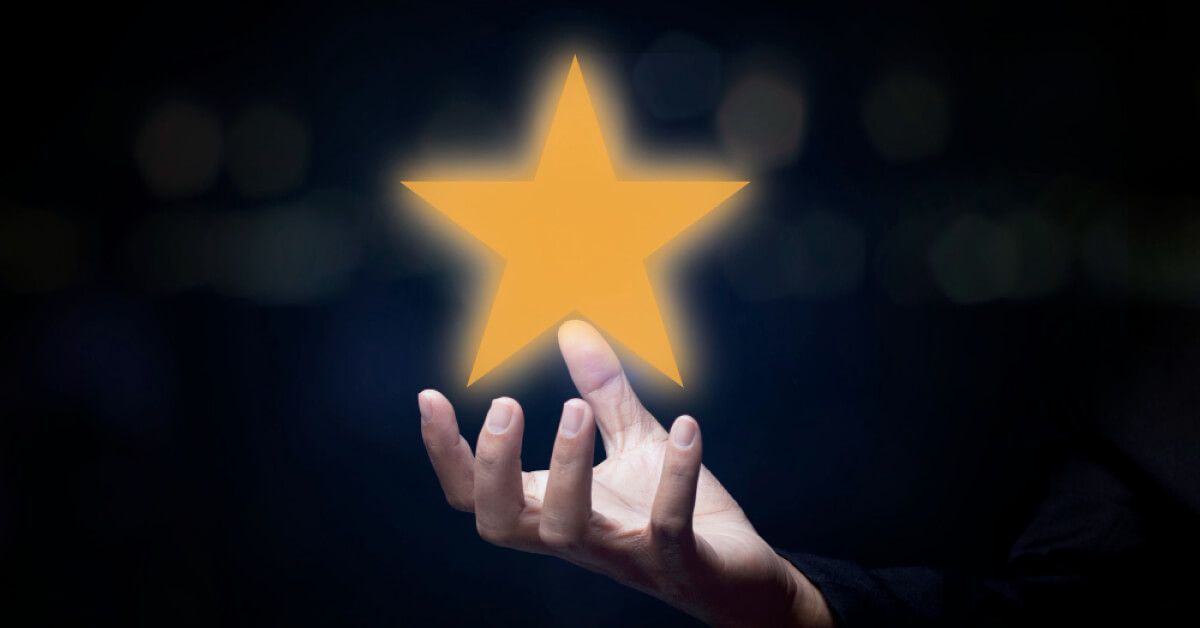
Tracking collaboration shouldn’t stop once the activities end — that’s where CultureMonkey steps in. Its team feedback tools make it simple for managers to continuously measure, analyze, and improve how employees work together.
These features go beyond surface-level surveys to deliver real, ongoing insights. Here’s how CultureMonkey helps organizations turn collaboration data into long-term progress:
CultureMonkey’s team feedback tools helps with real-time pulse surveys, sentiment tracking, and anonymous input
Customizable templates and HR integrations make it easy to align collaboration insights with engagement and performance goals.
- Real-time pulse surveys: CultureMonkey lets you send quick, recurring surveys that capture team sentiment immediately after collaboration exercises. This helps you understand how employees felt about each activity and whether it genuinely strengthened teamwork. Over time, these regular check-ins create a continuous improvement cycle where feedback drives better planning and engagement.
- Customizable feedback templates: Every organization has different collaboration goals. CultureMonkey’s customizable templates allow you to focus on what matters most — from communication and creativity to alignment and trust. You can modify question types, frequency, and tone to suit your team culture, ensuring feedback always feels relevant and authentic to employees.
- Sentiment analysis and trend tracking: The platform’s advanced analytics help decode emotional tone in responses, giving you deeper insights beyond simple ratings. By spotting shifts in mood and collaboration quality over time, managers can quickly identify problem areas or celebrate progress. These visual trends make it easier to understand what’s working and where to improve next.
- Anonymous and inclusive feedback collection: One of CultureMonkey’s strengths is anonymity. Employees can share honest feedback without worrying about judgment or repercussions. This inclusive design encourages participation from everyone — even quieter team members — ensuring your insights reflect the true state of collaboration across departments and roles.
- Integration with HR platforms: CultureMonkey integrates effortlessly with existing HR systems, making it part of your broader people analytics strategy. This connection lets you combine collaboration feedback with engagement, retention, and performance data for a full picture of team health. It’s a smooth, data-driven way to align collaboration insights with larger business goals.
- Actionable insights for leaders: Beyond collecting data, CultureMonkey turns responses into real recommendations that leaders can use. Managers receive tailored reports highlighting strengths, weaknesses, and next steps to improve teamwork. These insights help create a continuous feedback loop that keeps collaboration strong, connected, and evolving in the right direction.
Conclusion
Building a truly collaborative team doesn’t happen overnight — it’s the result of consistent effort, open communication, and shared experiences that bring people closer. Team collaboration exercises are one of the most effective ways to nurture these connections, helping employees think together, trust each other, and perform as a unified team.
Whether your organization is remote, hybrid, or office-based, these activities create moments of genuine interaction that translate into stronger workplace relationships.
To keep that momentum going, measure and track your team’s collaboration progress with CultureMonkey. Its easy-to-use feedback tools help you understand how employees feel, identify growth areas, and continuously improve teamwork across the board. Start transforming everyday collaboration into long-term success with CultureMonkey today.
Book a demo with CultureMonkey!
FAQs
1. What is the purpose of collaboration games and activities?
The purpose of collaboration games and activities is to help employees connect, communicate, and solve problems together in a relaxed setting. These activities break down barriers, strengthen trust, and encourage creativity. By simulating teamwork outside regular work tasks, they build the skills and relationships needed for smoother collaboration, improved morale, and more productive group dynamics at work.
2. What are some good collaboration games?
Good collaboration games include escape room challenges, improv “yes, and” sessions, bridge-building contests, and team trivia nights. These team-building games are practical activities designed to foster trust, improve communication, and encourage collaboration within groups. Incorporating effective team-building activities is essential for enhancing problem-solving, and workplace culture. The goal is to get employees thinking collectively and trusting each other’s input.
3. What kind of activities encourage collaboration?
Activities that encourage collaboration usually involve shared goals, creativity, and communication. A fun activity, such as a team-building game or problem-solving challenge, can encourage collaboration among other members by making the experience enjoyable and engaging for everyone involved. Examples include brainstorming sessions, fun activity-based challenges, and trust-building games. These tasks push teams to exchange ideas and listen actively.
4. What are some simple team collaboration exercises to start with?
Simple team collaboration exercises, often referred to as building exercises, include “Two truths and a lie,” “Human bingo,” and the “Paper plane contest.” These quick, low-prep building exercises help break the ice, get people talking, and build initial comfort among employees. They’re ideal for new teams or small groups looking to improve communication and ease into deeper collaboration gradually.
5. How do collaboration exercises help employees work better together?
Collaboration exercises teach employees how to communicate clearly, respect differing perspectives, and find shared solutions. Through engaging, hands-on tasks, team members practice problem-solving in a supportive environment. These experiences help team members connect on a deeper level, reducing workplace silos, encouraging mutual trust, and building stronger interpersonal relationships that translate into better teamwork and smoother project collaboration.
6. What are the best collaboration exercises for remote teams?
For remote teams, activities like virtual escape rooms, online scavenger hunts, and digital whiteboard brainstorming work best. Incorporating remote team-building games into your routine can further foster trust, improve communication, and encourage collaboration. These team collaboration exercises help address your team's specific needs, connect remote employees, and maintain consistent communication by keeping everyone aligned with the team's goals.
7. How often should companies run collaboration exercises?
Companies should organize collaboration and building exercises quarterly or after major projects. Frequent enough sessions keep teamwork fresh without overwhelming schedules. Regular building exercises support the team's ongoing development by encouraging open communication, maintaining engagement, and helping identify any collaboration issues early. Consistency ensures teams continue building trust, adaptability, and shared understanding, resulting in a stronger, more connected workforce.
8. Do team collaboration exercises really improve productivity?
Yes, team collaboration exercises improve productivity by enhancing communication, coordination, and trust among employees. When team members understand each other’s strengths and working styles, and when the team's strengths are recognized, they collaborate more efficiently. These exercises reduce misunderstandings, spark creative problem-solving, and lead to faster decision-making, which directly boosts overall performance and workplace output over time.
9. What are fun collaboration exercises employees actually enjoy?
Employees enjoy creative, interactive exercises like Lego Serious Play, improv storytelling, or virtual trivia. These fun team collaboration exercises are a great example of a fun activity that makes collaboration enjoyable and effective, balancing lighthearted engagement with meaningful teamwork practice. When employees laugh, share ideas, and solve challenges together, they strengthen relationships and morale by creating a positive team culture.





